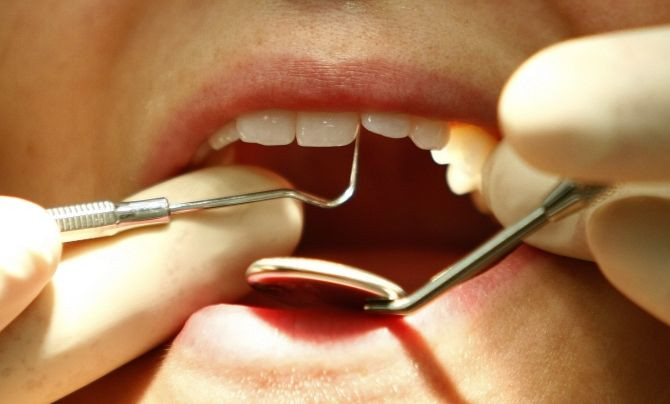If You Lost a Tooth, Get a Clone

If you’ve ever lost a tooth from an injury or decay and wished you could go back in time and have that same tooth again, your wish may soon come true.
Nova Scotia University’s dental researchers are on their way to cloning teeth by using stem cells found in teeth. Stem cells are unique from normal cells since they can transform into other cells, tissues and organs and divide much more than the average cell.
In order to create the new tooth structure, NSU researchers decided to plant the cells on tissue engineering scaffolds made from the same polymer material as surgical sutures. The scaffolds give mechanical support and manage the tissue’s size and shape. Once the cells are fixed on the scaffolds, researchers add growth factors to tell the stem cells what kind of tissue they should become. This process allows the researchers to engineer new tooth tissues with the goal of eventually creating fully functional replacement teeth.
Dental researchers regenerated teeth in animals as well as in the lab. A new stem cell therapy was developed for creating new teeth after a root canal treatment and replanting teeth that fell out or were knocked out of the mouth. During the Nova Scotia study, monkey teeth pulp was removed and recreated, and the test subjects could use their new teeth like before.
No one has recreated every tooth in an animal’s mouth yet so researchers haven’t been able to analyze the ability of animals to eat with all regenerated teeth, but they are on their way.
NSU is working on a regeneration kit that will let dentists deliver stem cell therapies to replace dead tooth tissue. Dental stem cells are now also being collected at many dental offices and saved for any future health problems that may arise. They can be used for growing other organs or even diabetes research.
Sherri writes for the dental professionals at the Lakeway Center for Cosmetic & Family Dentistry outside of Austin, Texas.
Published by Medicaldaily.com



























